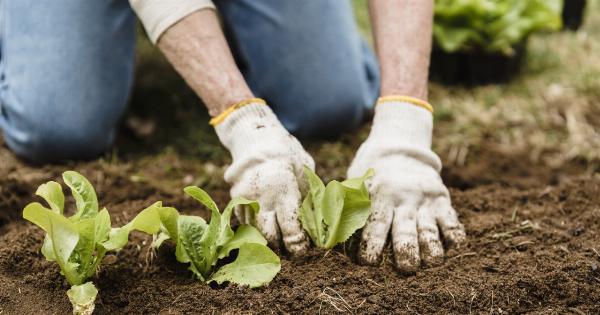Vaginal seeding is a controversial practice that involves transferring a mother’s vaginal fluids onto a newborn’s skin or into their mouth, with the aim of exposing the baby to beneficial bacteria from the mother’s birth canal.
Although it is believed to provide potential health benefits, vaginal seeding poses several risks to newborns that need to be carefully considered.
1. Lack of scientific evidence
One of the main concerns surrounding vaginal seeding is the lack of scientific evidence supporting its effectiveness and safety.
While studies have shown that babies born via cesarean section have a different microbiome compared to those born vaginally, there is insufficient research to confirm whether vaginal seeding can truly restore the baby’s microbiome to its intended state.
2. Potential for harmful bacteria
Although the intention behind vaginal seeding is to transfer beneficial bacteria, there is also a risk of transferring harmful bacteria to the newborn.
The mother’s vaginal microbiome is not completely sterile, and there is a possibility of transmitting potentially dangerous pathogens such as Group B Streptococcus or herpes simplex virus.
3. Increased risk of infection
Exposing a newborn to foreign bacteria through vaginal seeding can increase their risk of developing infections. Newborns have an immature immune system, making them more susceptible to infections.
Introducing new bacteria, particularly those that are not naturally present in the baby’s environment, can disrupt the delicate balance and potentially lead to harmful infections.
4. Potential for allergic reactions
Another concern with vaginal seeding is the potential for allergic reactions in newborns.
The transfer of bacteria from the mother’s birth canal may introduce allergens to the baby’s system, increasing the likelihood of developing allergies or sensitivities later in life. This risk is particularly significant for babies with a family history of allergies.
5. Ethical and consent considerations
Vaginal seeding raises ethical concerns and issues of informed consent. The procedure is not standard medical practice and is not supported by leading health organizations.
Performing vaginal seeding without proper informed consent may infringe on the rights and autonomy of the parents, as well as the well-being of the newborn.
6. Potential for unnecessary medical interventions
Supporters of vaginal seeding argue that it may help prevent certain conditions such as allergies, asthma, or autoimmune diseases.
However, the lack of scientific evidence and potential risks associated with the procedure mean that it should not replace proven medical interventions or lead to unnecessary medical treatments. Relying solely on vaginal seeding may divert attention from evidence-based healthcare practices.
7. Limited long-term data
Since vaginal seeding is a relatively new practice, there is limited long-term data available regarding its outcomes.
It is essential to consider the potential risks and benefits not only in the short term but also over the course of a child’s life. Without comprehensive data on the long-term effects of vaginal seeding, it is difficult to assess its overall safety and efficacy.
8. Variations in the procedure
Another concern with vaginal seeding is the lack of standardized protocols or guidelines. Different healthcare providers may have varying approaches to the procedure, which can result in inconsistencies and potential harm.
The absence of standardized protocols poses a challenge in evaluating the risks and benefits associated with vaginal seeding.
9. Alternatives with established benefits
Instead of vaginal seeding, there are alternative methods available to promote a healthy microbiome in newborns. Breastfeeding, skin-to-skin contact, and a balanced diet all contribute to the development of a robust and diverse microbiome.
These practices have been extensively studied and proven to provide multiple benefits to newborns without the risks associated with vaginal seeding.
10. Education and awareness
It is crucial for healthcare providers to educate expectant parents about the risks and benefits of vaginal seeding. By providing comprehensive information and guidance, parents can make informed decisions regarding their baby’s health.
Open discussions and increased awareness of the potential risks associated with vaginal seeding are essential to ensure the well-being of newborns.































